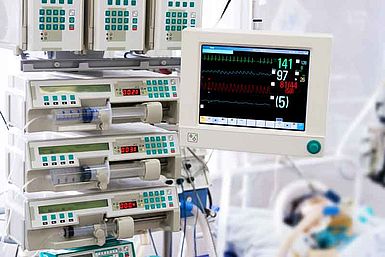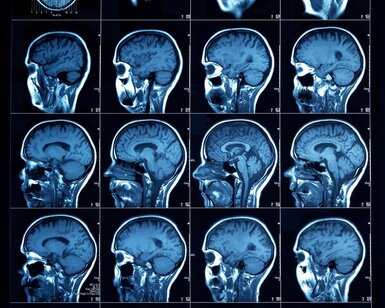Please type a search term (at least two characters)
News
Increasing access to anaemia testing - Measurement for Health Case Study

World Health Day 2018 - #HealthForAll
Anaemia is a common health condition that affects around 2 billion people worldwide. Timely treatment effectively restores health and can raise national productivity levels by as much as 20%, according to the World Health Organisation.
However, the current reference diagnostic test uses potassium cyanide to measure haemoglobin levels in blood, and the difficulties in procuring and disposing of this toxic compound are driving demand for alternative test methods.
New methods are needed which can measure haemoglobin levels without the use of toxic chemicals and being both cost-effective and easy-to-use. One promising alternative uses a nontoxic alkaline haematin detergent (AHD).
The EMRP project 'Metrology for metalloproteins' developed a reference material which links AHD measurements to the International System of Units for the first time. The project also developed an AHD measurement method protocol, which was tested in haematology laboratories to ensure its practicality. These results ensure that haemoglobin measurements produced by the test are reliable and comparable between users, and ultimately suitable for clinical use.
The case study shows how the AHD method developed by the project is incorporated by the German standards organisation DIN in its standard on reference methods for analysing blood samples (DIN 58931). In addition, two reference laboratories were trained in the traceable AHD method and are implementing it in their laboratories.
The results of the project have removed major barriers preventing the AHD method from being internationally recognised as a reference method for the diagnosis of anaemia. This will support timely treatment of this widespread condition, promoting personal health and increased productivity worldwide.
Read the full two-page 'Increasing access to anaemia testing' case study
Interested in further examples? Have a look at all our health measurement case studies in the areas of 'advancing quantitative diagnosis' and 'supporting safe and effective therapies'.
Supporting automated and reconfigurable manufacturing systems more
Working with external project Cool White to test and suggest improvements on the locally available white paints more
The project FutureEnergy has provided new calibration services for ultra-high voltages and a good practice guide on Lightning Impulse dividers more
For many of the 5000 photonics companies in Europe a precise knowledge of a material’s optical properties is vital for industrial competitiveness more
The project partners publicised the metrological developments for electronic brachytherapy and were able to contribute to several standards more





